Ahwaz News Agency has published a documentary on the crisis in drinking water provision made by the official Khuzestan TV channel 
that was banned by Iranian censors.
The Al-Ahwaz region hosts 90 per cent of Iran’s oil production and a third of its surface water, but the majority of its indigenous Ahwazi Arab inhabitants live in absolute poverty. Many struggle to get the basics, such as housing, drinking water, food, education in their native tongue and medicine.
The short documentary looks at the drinking water crisis in Dahimeh village in the Arab populated Shawoor area of Susa. Around half of the villages in the district are lacking access to clean water, leaving some 20,000 people at risk of serious illness.
Shawoor is just one of many Arab districts suffering poor water quality. In the past, Ahwaz News Agency has reported on Ahwazi Arabs dying of thirst. Over four years ago on a visit to the region, the Minister of Health refused to drink local tap water and admitted “We accept that the water in Khuzestan is very dirty and impure and we have reported the issue to the Ministry of Energy.” However, little has been done and drinking water projects have been abandoned.
The Karoon River runs through the predominantly Arab city of Ahwaz City, providing an important source of irrigation and drinking water. However, the failure to treat raw industrial and human waste being pumped into the river along with the government’s refusal to invest in de-siltation has created a hazardous environment. Disruptions to water supplies force many Ahwazis to rely on contaminated water from the Karoon, which contains high levels of human sewage and industrial pollutants. Local Majlis members have been warning for years of a mounting drinking water crisis as a result of the government’s mismanagement of the region’s water resources.

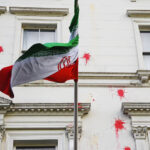
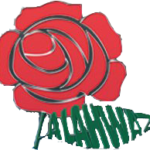


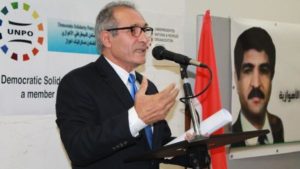
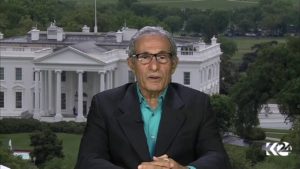

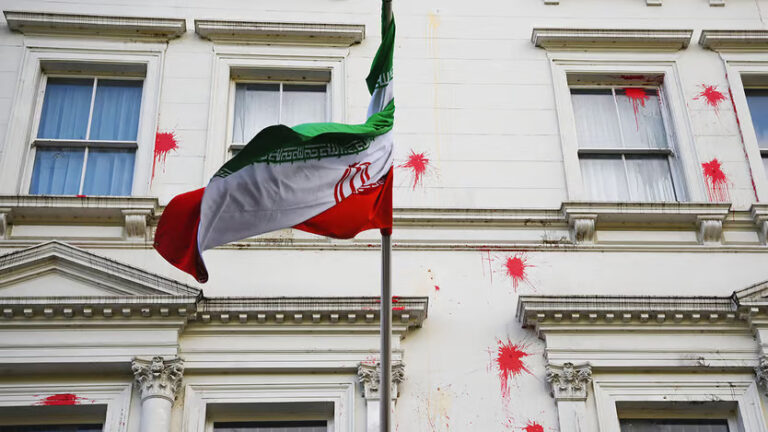
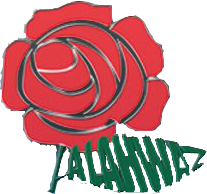
+ There are no comments
Add yours